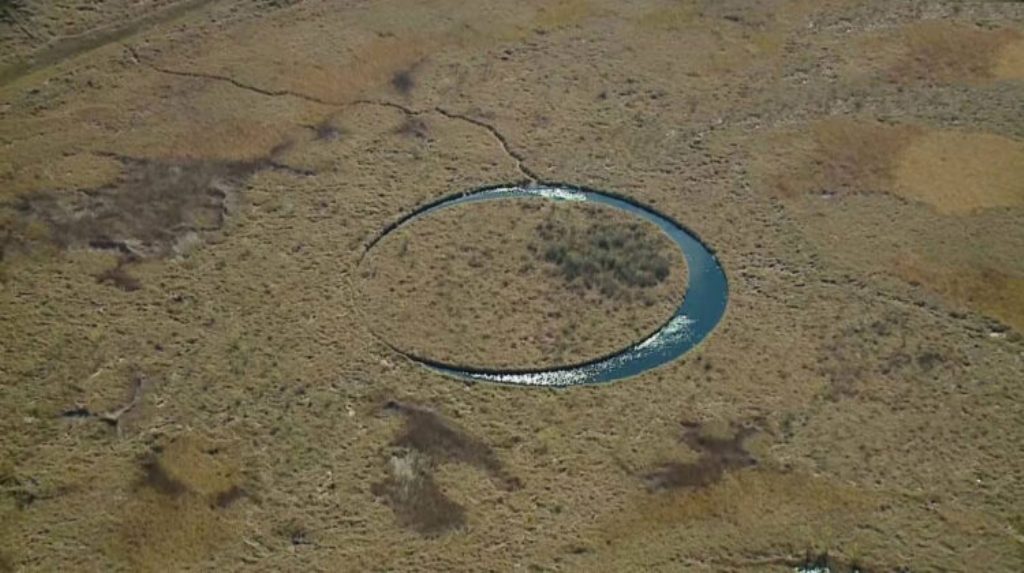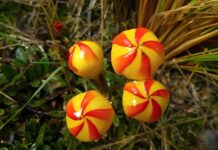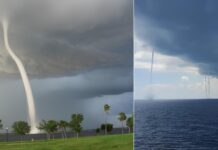The Paraná River, South America’s second largest at 4,880 kilometers, runs through three countries: Brazil, Paraguay, and Argentina. 4,880 kilometers is a long way, but it provides plenty of chances to find amazing things. One of the most thrilling finds made by the Paraná was at its delta: an island 120 meters in circumference, almost entirely circular in form, and drifting freely on its axis.
So-called floating islands are found in many parts of the world, including Finland, Turkey, Italy, Serbia, the Danube Delta in Romania and Ukraine, Lake Titicaca on the border between Bolivia and Peru, Lake Loktak in India, and many other places. However, this Argentinean island stands out from the rest because of its shape and its continuous rotation.
Floating islets are typically built on big roots that have become immersed in water and on which some other aquatic plant has begun to develop. Wetland plants frequently expand inwards from the coast, to the point where their roots can no longer reach deeper sections of the lake or river. When this occurs, they live in the water by using the oxygen in their root mass as buoyancy and the nearby vegetation as support.
However, severe storms can rip away these floating vegetation islets, which are then transported back and forth across the lake by the wind. They usually find peace somewhere along the coast or split up entirely due to stronger winds.

However, in some instances, the floating islets may remain for an extended length of time. In the aforementioned Lake Titicaca, for example, an indigenous tribe, the Uru, has seized control of a collection of 120 islands, but these islands require continuous maintenance to live.
El Ojo (Eye Island) is a unique piece of land created by some very special currents that keep the circular island in continuous motion. It frequently detaches the muddy parts that might have given it a break as it collides with its surroundings.
Sergio Neuspiller, an Argentine director, found the island in the delta while searching for a setting for one of his films about paranormal occurrences. He had no idea the piece of land was slowly rotating around at the time; he only discovered this when he returned to the location soon afterwards and was astonished to see that the island had shifted elsewhere in the meantime. The movement is also visible in Google satellite images captured at various periods.
The data also show that the island has been in the Paraná estuary since 2003, nearly 20 years. Neuspiller became preoccupied with the rotating island issue later, around 2016, when he, along with an engineer from New York, began collecting money to investigate the occurrence. They intended to raise 50,000 dollars to answer the riddle, but because not even a fifth of that amount was raised, their investigation, which would have included the supernatural, was halted. What a pity.






